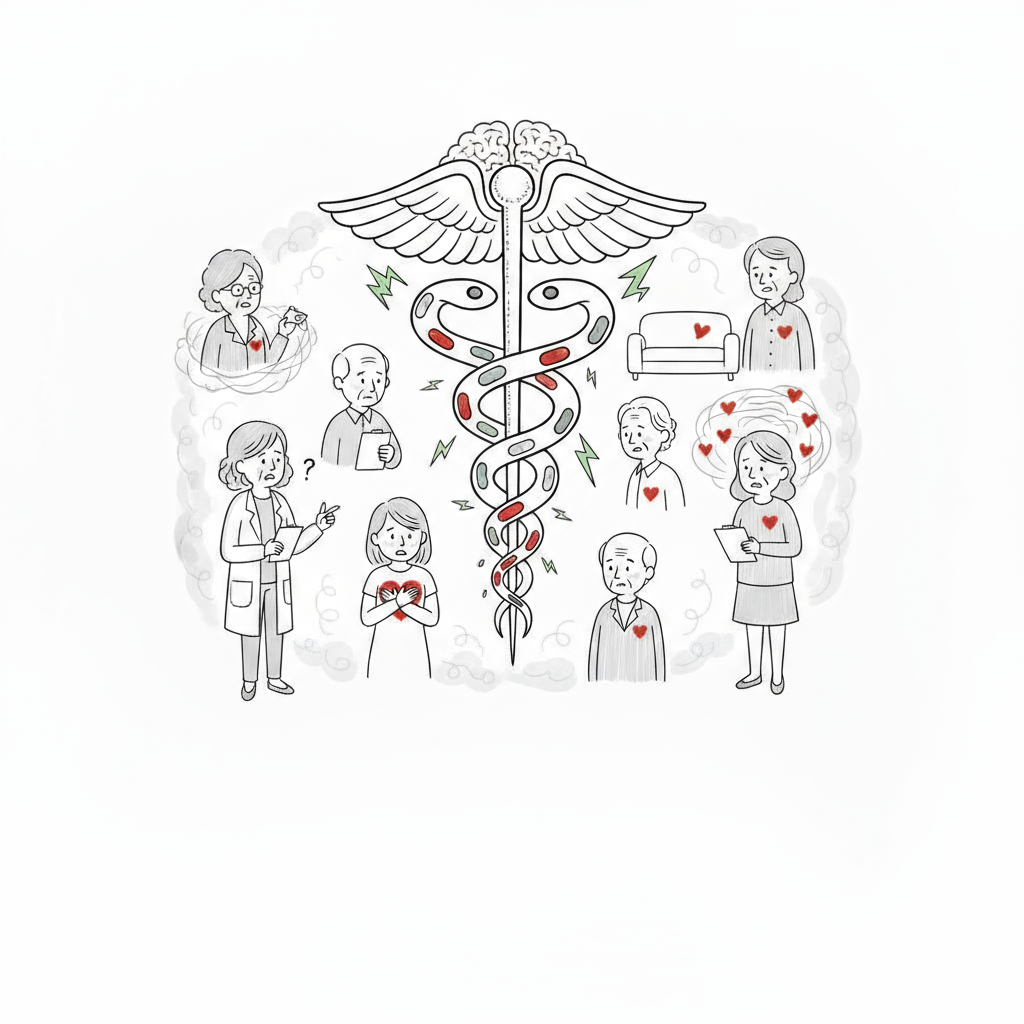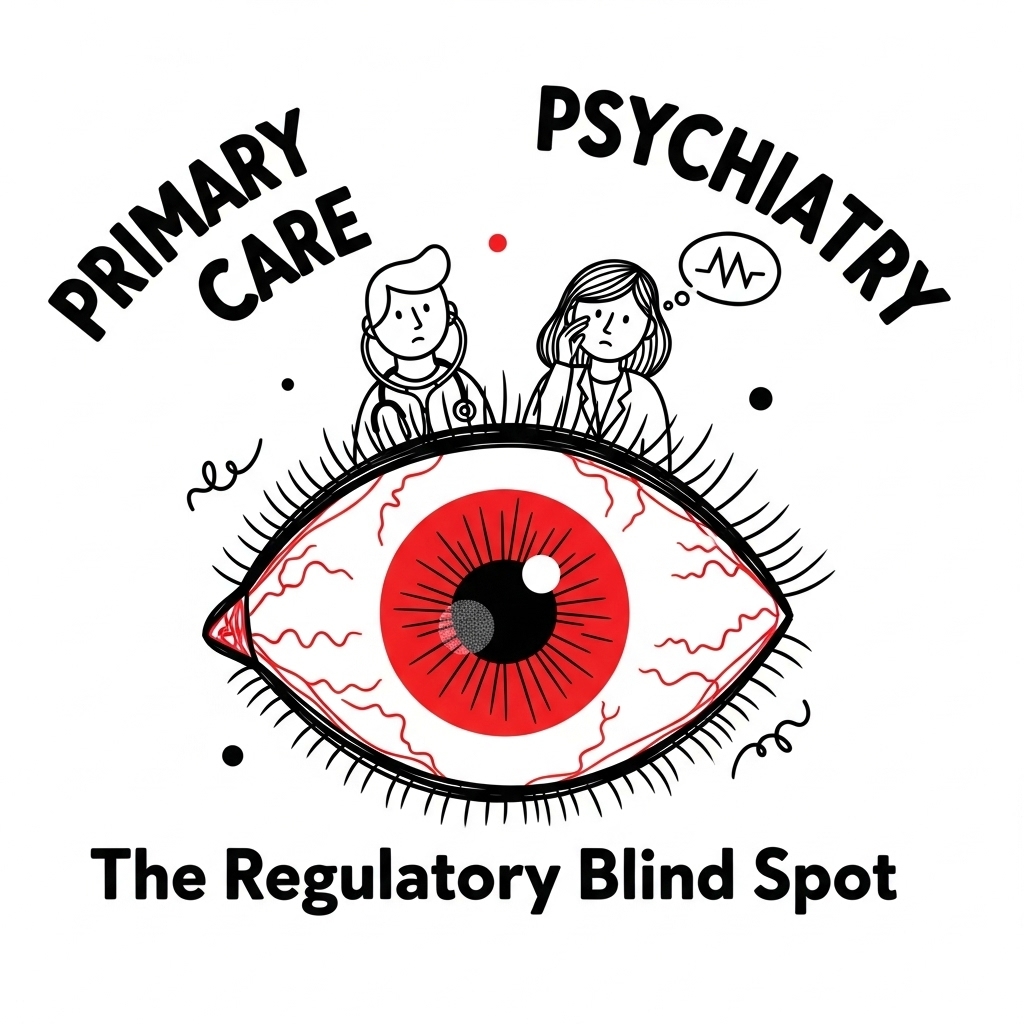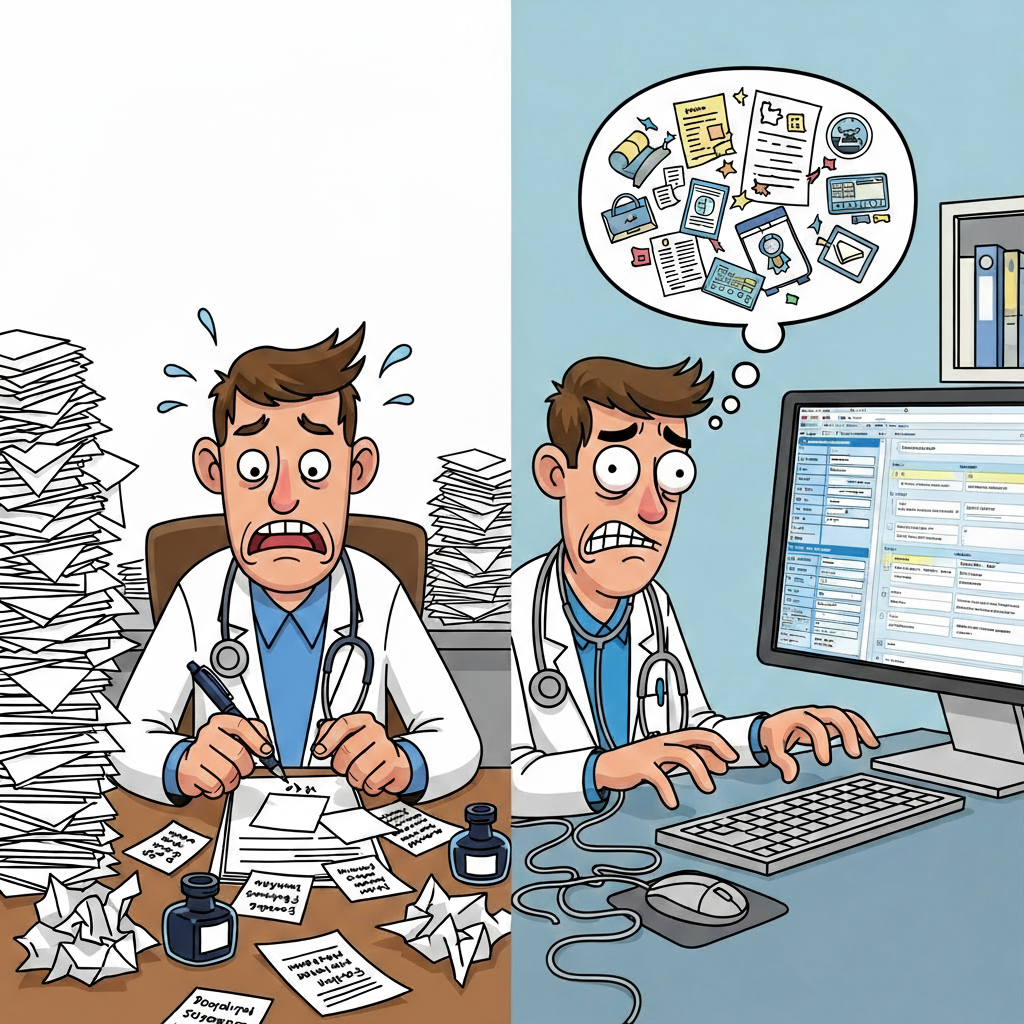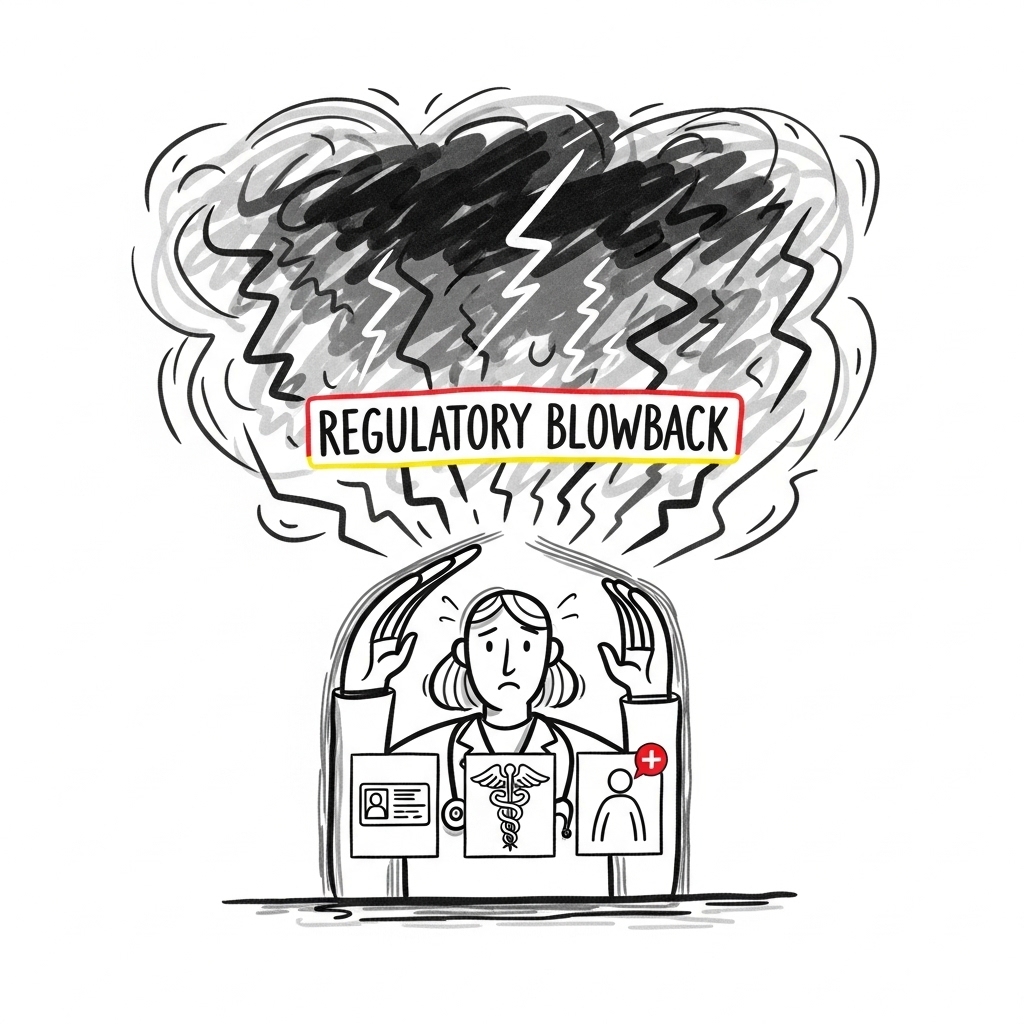
The Hidden Dangers of Benzodiazepines and Amphetamines in Primary Care and Psychiatry
Doug Jorgensen
February 21, 2025
Introduction: The “Safer” Controlled Substances That Aren’t
When most people think about dangerous controlled substances, they picture opioids.
And while opioids deserve the attention they get, two other classes—benzodiazepines and amphetamines—often fly under the radar.
They’re prescribed every day in primary care and psychiatric settings. They’re effective. They’re familiar.
But here’s the truth:
Benzodiazepines and amphetamines carry serious risks—risks that can rival or even exceed those of opioids in certain contexts.
And because they don’t have the same public stigma, they can slip past the safeguards that keep other controlled substances in check.
What Benzodiazepines and Amphetamines Are
Benzodiazepines (e.g., Xanax, Valium, Ativan, Klonopin):
- Used for anxiety, panic disorders, seizures, muscle spasms, and insomnia.
- Work by enhancing GABA, the brain’s main calming neurotransmitter.
Amphetamines (e.g., Adderall, Vyvanse, Dexedrine):
- Used for ADHD, narcolepsy, and occasionally treatment-resistant depression.
- Work by increasing dopamine and norepinephrine in the brain.
Both are Schedule II–IV controlled substances, meaning they have accepted medical use and abuse potential.
Why They’re Riskier Than Many Realize
1. Withdrawal Can Be Dangerous or Fatal
- Benzodiazepine withdrawal can cause seizures, psychosis, and death—similar to alcohol withdrawal.
- Stimulant withdrawal can lead to severe depression, lethargy, and suicidal ideation.
2. Diversion Risk
- Both classes are highly sought after on the black market.
- Tablets are small, high-value, and easy to conceal—making diversion harder to detect than with bulkier opioid prescriptions.
3. Tolerance and Dependence
- The brain adapts quickly. Within weeks, the same dose may produce less effect.
- Stopping abruptly after long-term use can be life-threatening (benzos) or debilitating (stimulants).
4. Polypharmacy Complications
- Benzos and opioids together increase overdose risk exponentially.
- Stimulants combined with certain antidepressants can trigger dangerous cardiovascular events.
Why These Risks Get Overlooked
1. Familiarity Bias – Providers prescribe them so often that comfort leads to complacency.
2. Public Perception – Media and policy focus on opioids, leaving these drugs in the background.
3. Prescribing Environment – In psychiatry and primary care, visits are often brief, with little time to review risks in depth.
4. “As Needed” Mentality – PRN use can still lead to dependence, especially with benzos.
Red Flags for Providers
For Benzodiazepines:
- Requests for early refills or “lost” prescriptions
- Escalating doses without clear clinical need
- Refusal of non-drug therapies (CBT, SSRIs, lifestyle changes)
For Amphetamines:
- Inconsistent symptom reporting
- Use by adults with no documented childhood ADHD history
- Overlapping prescriptions from multiple providers
Risk Mitigation Protocols for These Medications
While many providers apply strict protocols to opioids, these same safeguards should be used for benzodiazepines and amphetamines:
- PMP Checks before every prescription or refill.
- Controlled Substance Agreements spelling out refill rules and follow-up requirements.
- Random Urine Drug Screens to confirm use and detect non-prescribed substances.
- Scheduled Taper Plans for long-term benzodiazepine use.
- Functional Outcomes Tracking to prove continued benefit.
Patient Education: Your First Line of Defense
Patients should understand:
- The risk of dependence even at low doses.
- The importance of not stopping suddenly.
- How to store medication securely.
- That combining with alcohol, opioids, or other sedatives can be deadly.
When patients know the why behind your safeguards, they’re more likely to comply—and less likely to view them as mistrust.
Final Thoughts: Apply the Same Vigilance
Benzodiazepines and amphetamines are powerful tools in the right hands and the right situations.
But they require the same vigilance as opioids—sometimes more.
If you’re a provider, apply opioid-level caution to these prescriptions.
If you’re a patient, ask the hard questions about risk, benefit, and monitoring.
Because the real danger isn’t just the drug—it’s underestimating the drug.
About the Author
Douglas J. Jorgensen, DO, CPC, FAAO, FACOFP
Dr. Doug is a physician, medical compliance consultant, and national educator on safe controlled substance prescribing. He has trained providers nationwide on managing high-risk medications in both pain and psychiatric care.


